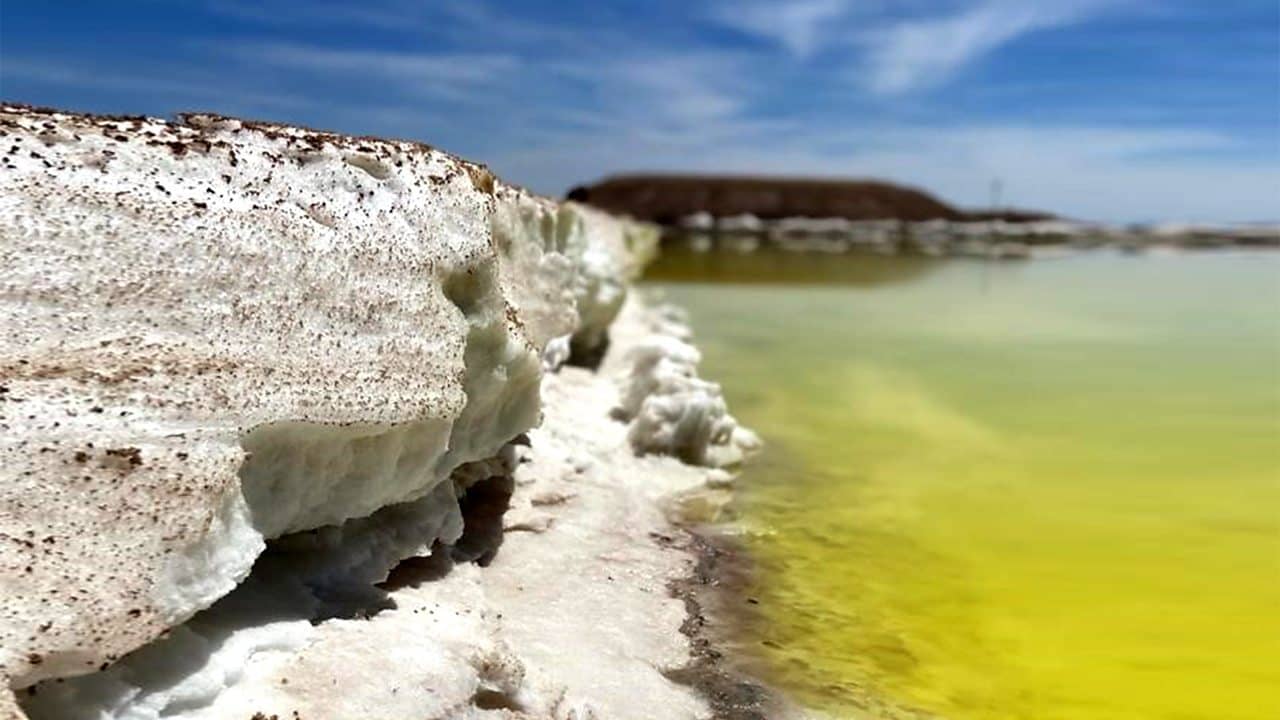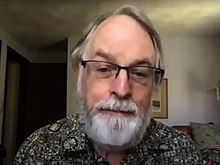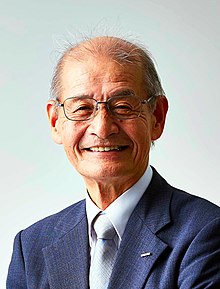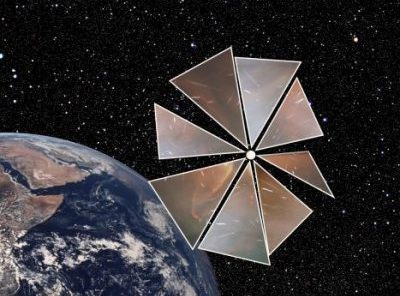Lithium is it really Chile’s white gold?
Lithium is less dense than lead-acid or nickel-metal-hydride, so it has more usable capacity for us the consumers. Lithium batteries are also lighter and smaller in size! They can hold a charge twice as long without any loss of power at all–and they’re much safer because lithium cells don’t produce toxic gas.
Lithium rechargeable batteries are powering our phones and laptops. And they will be the power source for electric vehicles which we are being urged to use instead of gas-fueled ones. This blog post talks about how lithium rechargeable batteries work, where they come from, and what their potential impact on society could be.
Power to the People: The Lithium Rechargeable Battery.
Lithium-ion batteries require less charging time and space for battery storage, so they’re becoming more popular. They are also cheaper to buy–a result of the increased demand that lithium-ion cell manufacturers have had as a response from their customers (us!). The cost is getting lower because manufacturing them has become easier and more cost-effective over recent years.
The Nobel Prize for Chemistry in 2019 was awarded to John Goodenough, Stanley Whittingham and Akira Yoshino “for the development of lithium-ion batteries.”
Jane Chambers finds out how the element lithium has become so important in the world today. She lives in Chile, where lithium is called the country’s white gold, as it is the source of much of the world’s supply. Jane travels to the Atacama Desert and visits the SQM mine where lithium is evaporated out of huge brine lakes.
She talks to Professor Clare Grey of Cambridge University about her research into improving the efficiency of lithium-ion batteries. And Dr Paul Anderson of Birmingham University explains what needs to be done for more lithium to be recycled.
Editor: Deborah Cohen Picture: Lithium plant in Atacama Desert, Chile, Credit: SQM
Lithium lowers the environmental footprint.
Lithium production has helped to lower the environmental footprint. There is an abundance of Lithium around us, mostly in Chile where most World’s lithium mining takes place; it all comes from a mineral called Lixivite which contains over 60% pure minerals–mostly being potassium-lithsionate chloride with some magnesium.
Where is Lithium mined.
So far, only a comparatively few companies are involved in the production of lithium. In 2014 just 4 companies accounted for 86 % of the global production of about 160 000 t of LCE. Of these, Talison had a share of 31 %, SQM (La Sociedad Química y Minera de Chile) 22 %, Albemarle 20 % and FCM 13 %. Chinese companies produced a further 13 %, while other companies accounted for only 1 %.
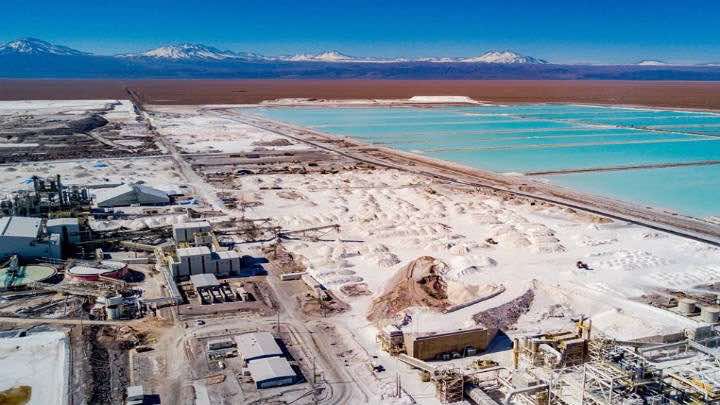
Albemarle Corporation, based in Charlotte, USA, is planning a production capacity of 165 kt of LCE by 2021. The company entered the lucrative lithium business in 2015 through the acquisition of Rockwood.
Lithium mining has environmental benefits because it is a relatively clean industry, with only two potential hazards: the risk of landslides or exposure to low levels of lithium dust (which may have adverse health effects). The World’s leading producers are Chile followed by Argentina
A detailed report on Global Lithium Ion Battery Market provides complete information on the current market situation and offers robust insights about the potential size, volume, and dynamics of the market during the forecast period, 2021-2030.
The research study offers a complete analysis of critical aspects of the global Lithium-Ion Battery market, including competition, segmentation, geographical progress, manufacturing cost analysis, and price structure. We have provided CAGR, value, volume, sales, production, revenue, and other estimations for the global as well as regional markets.
Contributors to this story were the BBC Discovery Team along with our own research and identified contributors.
Stay tuned to Phuket FM Radio On-Air at 91.5 FM and 102.5 FM here in Phuket and around the World Online and OnDemand.
